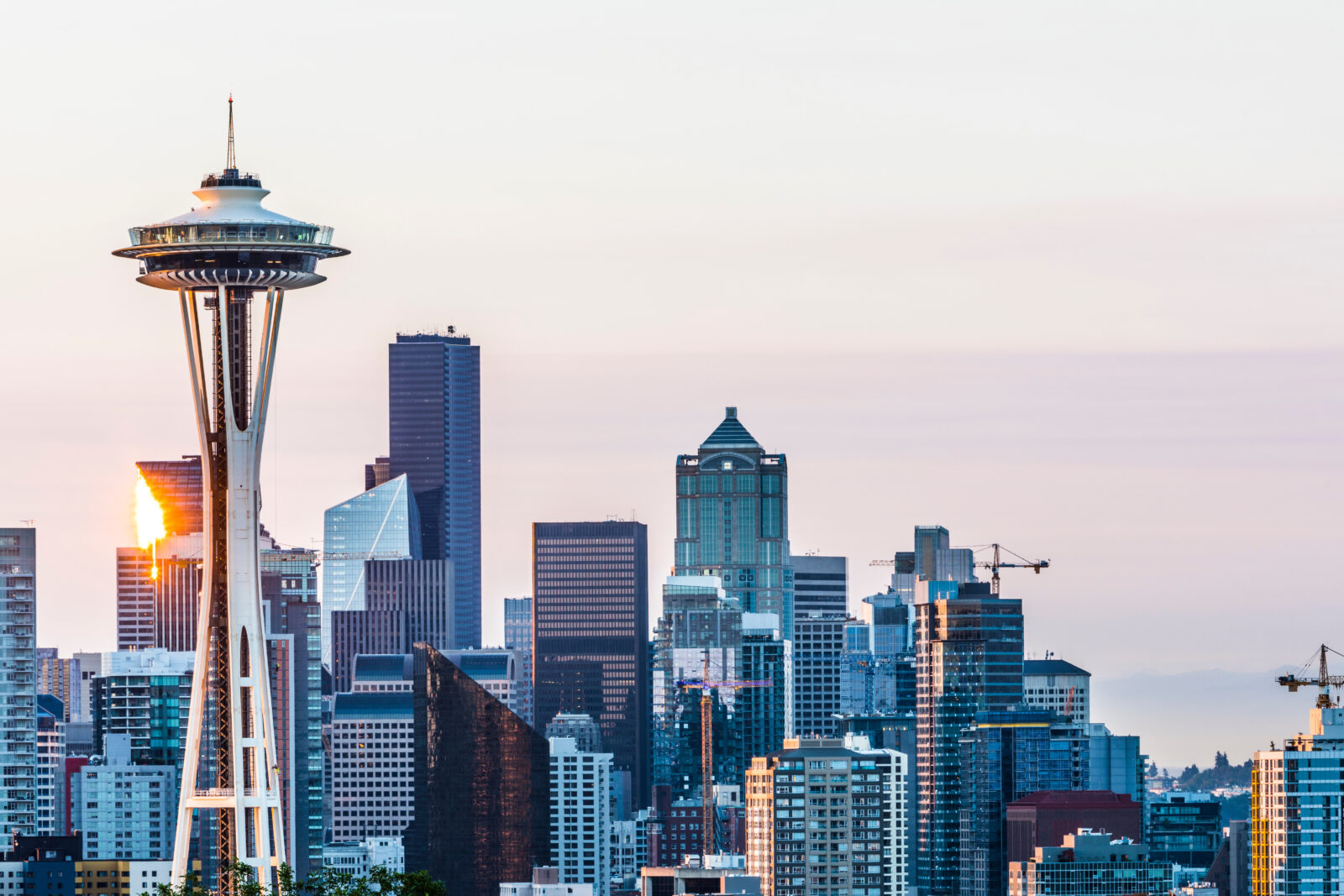Convention Center redux will add ‘high-touch’ complement
Originally published at Seattle Post-IntelligencerExpect to hear more and more about tourism as a “high-touch” complement to “high-tech: in the Seattle area’s economic strategy. In contrast to the specialized skills typically required in the computer and software fields, tourism provides jobs at many skill levels. This part of our future is found in such projects as the Bell Harbor International Conference Center that opens on the waterfront this June, and it is place squarely before us again with expansion plans just announced for the Washington state Convention and Trade Center.
There are several public policy choices that these plans offer us, and at least as many problems to solve if the full benefit of high-quality tourism is to be achieved. Handled right, the convention project next to Freeway Park can be a blessing to taxpayers and a transition to better ways to fund public works, including especially public/private “co-development.”
Fourteen years ago, the Legislature authorized creation of a public, nonprofit corporation to construct a convention center. Six years later, in 1988, despite all the customary development troubles, the emerald-tinted glass edifice finally gave Seattle a world-class venue for convention and meeting business.
Thanks to the conceptual Jim Ellis–the irreplaceable man behind this, as so many others civic programs–the Convention Center turned out to be an excellent deal for taxpayers.
- Some 150,000 national delegates each year have created an estimated 3,400 permanent jobs.
- The center’s revenue not only covers its debt service and operating costs, but last year netted the state a $13 million “profit” from the center and its associated taxes.
- Total hotel revenues have risen from $220 million in 1987 to $442 million from last year. “Shoulder season” (January to June) hotel occupancy, despite the erection of more hotels, is up from 63 percent in 1987 to 75 percent I 1995.
The possibilities of saving Seattle’s downtown core from decline simply would not be so bright today if the Convention Center were not pumping delegates and their dollars into nearby stores, theaters and hotels. All in all, these visitors spend an average of $1,200 to $1,400 during their stay and almost all of that gets taxed. In a state with a high sales tax (and no income tax), this is gravy for the local taxpayers, because convention delegates require few city and state services. They just behave themselves, have a good time and leave lots of money as they depart.
Ironically, a world-wide boom in convention and conference business is jeopardizing Seattle’s lead position in the field. Many of our facility’s best customers are outgrowing it. Particularly for “heavy load” exhibit business–the kind serviced by trucks that pull their display cargoes right onto the exhibit floor–a doubling space is needed.
Thus, given the record of success so far, the Legislature in 1995 authorized a proposed expansion of the center and appropriated $130 million, backed by lease rentals from the Convention Center, plus private and local funds. The recently released environmental impact statement foresees either an expansion north, chiefly onto parking lots between Pike and Pine streets, or east across Interstate 5 and into the side of First Hill.
Either option will raise protests (naturally). The eastward expansion will remove several apartment buildings and, since the center will finance replacement housing elsewhere, that option is slightly more expensive, as well as disruptive. Going north will take out fewer housing units (127 versus 394) but will require a street-spanning sky bridge, normally a red flag to people (me included) who care about preserving a human scale streetscape. Happily, the particular design for the proposed sky bridge–a wide, several-stories-high glass galleria–will enable a transparent view down Pike Street, offer some eye-pleasing variations as one approaches the sky bridge and passes under it, and give people on the bridge a spectacular vista of the Sound.
At this point we could all applaud and urge the Convention Center to get on with it, were there not a $13 million shortfall on financing arising from inflation of land prices in the two years since approval was given by the Legislature. This comes on top of the roughly $7.5 million the Center already needs to raise from private sources.
The answer is private sector “co-development” of part of the site, including the corner on Pike Street and Seventh Avenue that lies behind the Eagles Auditorium and the two blocks north of the existing center. As it happens, the Eagles renovation now underway will form both a spectacular setting for a relocated ACT Theater and a compatible neighbor for the convention center. It will be a good model for synergy between different kinds of public spaces. The challenge is to follow that model and produce commercial and residential space over and under the expanded convention center in a way that makes Seattle’s downtown more lively, interesting and–yes–more secure.
If Jim Ellis and the center’s president and general manager, John Christison, can make both the aesthetics and the finances work better through private co-development, we will get further instruction on how this area could afford other daunting capital projects, with their tags in the billions, that loom ahead of us.

